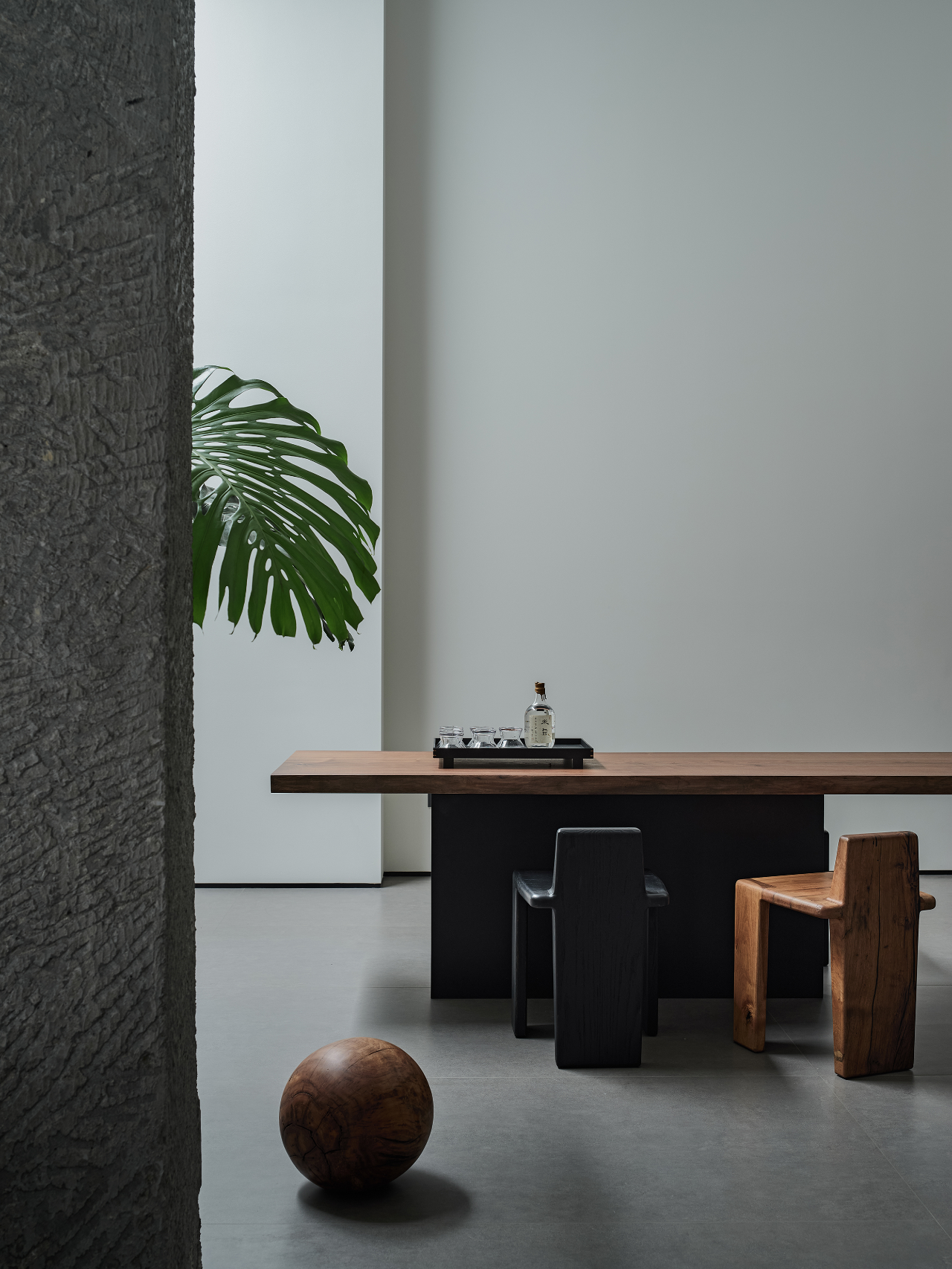Gap House Pitman Tozer
2013-07-10 01:00
© Nick Kane
尼克·凯恩


架构师提供的文本描述。这栋房子坐落在伦敦西部一个保护区内的一块面积仅为230万的地块上,它证明,在最紧的城市遗址上,不需要妥协,可持续的建筑是可以实现的。该房屋采用了许多绿色战略,包括被动太阳能增益,高水平的绝缘,地面耦合热泵和雨水收集,以尽量减少其碳足迹。它在不影响设计的情况下实现了所有这一切。
Text description provided by the architects. The house, which is sited on a plot only 2.3m wide within a conservation area in West London, proves that sustainable architecture is achievable without compromise on the tightest of urban sites. The house incorporates a number of green strategies including passive solar gain, high levels of insulation, a ground coupled heat pump and rainwater harvesting to minimize its carbon footprint. It achieves all of this without compromising design.
© Nick Kane
尼克·凯恩


由于街道正面只有8英尺/2.3米宽,这所房子坐落在一个狭小的缝隙中,原本是毗邻房产的旁巷和后花园。挑战是如何创建一个低碳建筑,并使一个舒适的4张床家庭住宅,最大限度地利用光线和空间的限制,一个紧张和尴尬的网站。
With a street frontage of only 8 ft/2.3 m wide the house sits within a narrow slot, originally the side alley and rear garden of an adjoining property. The challenge was how to create a Low Carbon Building and make a comfortable 4-bed family home, maximising light and space within the constraints of a tight and awkward site.
© Nick Kane
尼克·凯恩


要想找到一种解决方案,即每个宜居房间都有充足的日光,而且感觉很宽敞,即使是在最狭窄的部分,关键是在面向街道的房子前部堆放较小的卧室,并将后方布置成层叠式的结构,带有潮湿的房间,并在没有自然光线的情况下占用计划的各个部分。场地后面的一个庭院为底层接待空间带来了光线。中央扭曲的木楼梯,作为墙上的一件雕塑,在每一层都把阳光带到了计划的中心。
The key to achieving a solution where each habitable room has good daylight and feels spacious, even within the narrowest part, was to stack the smaller bedrooms at the front of the house facing the street and to organise the rear in a cascading configuration with the wet rooms and storage occupying the parts of the plan with no natural light. A courtyard at the rear of the site brings light into the ground floor reception space. A central twisting timber stair held as a piece of sculpture off the walls brings daylight deep into the centre of the plan on each floor.
© Nick Kane
尼克·凯恩


这座房子是为卢克·托泽和他的家人的合作伙伴设计和建造的,由该实践开发,作为一个案例研究项目,使合作伙伴能够实施减少碳和能源的新战略。
The house was designed and built for partner of the practice Luke Tozer and his family and developed by the practice as a case study project allowing the partners to put in to practice new strategies for Carbon reduction and energy generation.
© Nick Kane
尼克·凯恩


该房屋的设计使用了大约30%的能源,一个典型的房屋建造的现行建筑条例,预计将减少大约的暖气账单。GB 500-GB 800/年。
The house is designed to use approximately 30% of the energy of a typical house built to current Building Regulations, with a predicted reduction in heating bills of approx. £500-£800/annum.




























Architects Pitman Tozer
Location City of Westminster, United Kingdom
Category Houses
Area 185.0 sqm
Project Year 2007
Photographs Nick Kane
























